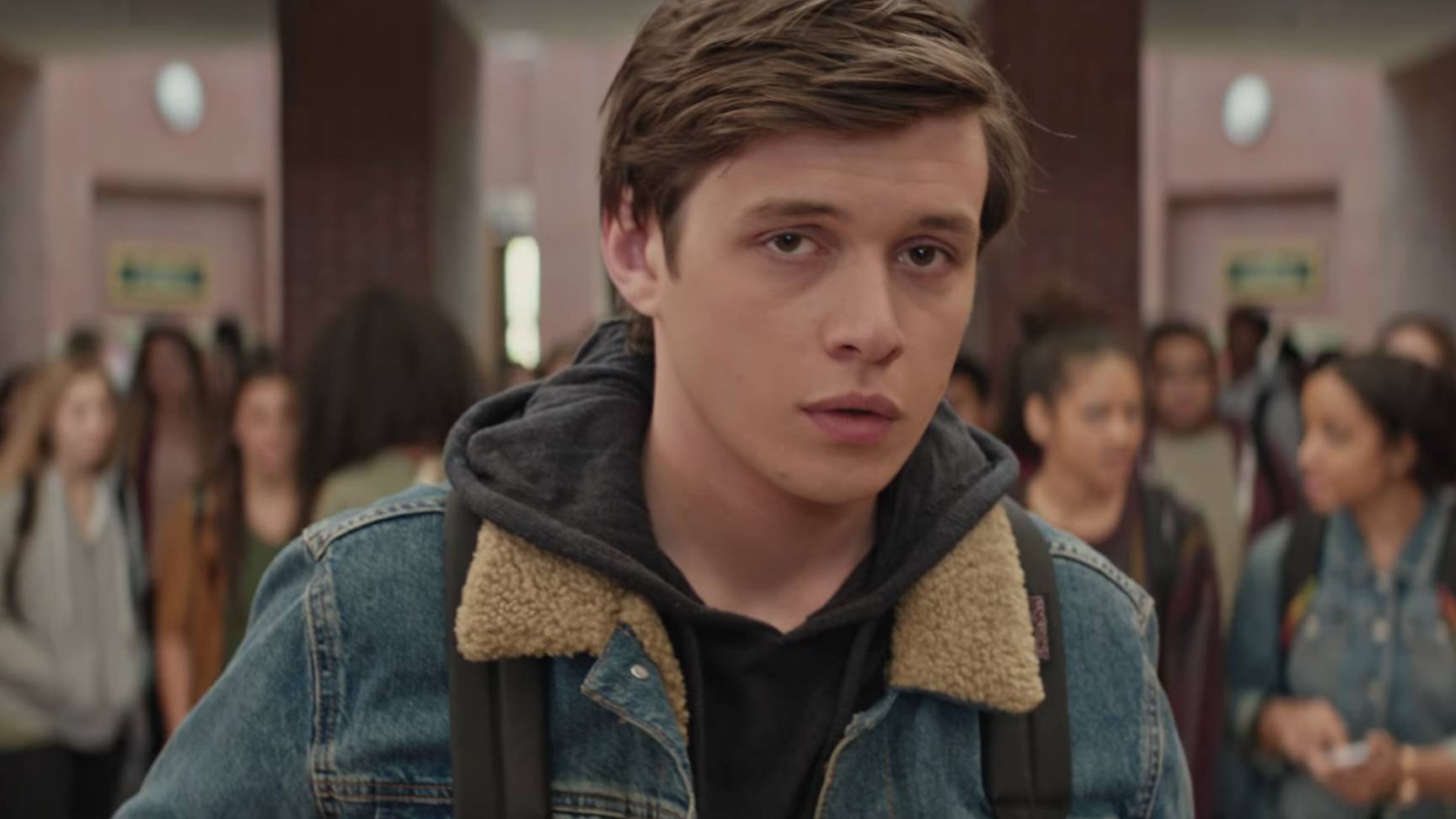
Growing up in a small town in the ‘90s, my gay cultural touchstones were few and far between. I remember watching Queer as Folk and finding it both exciting and confusing, titillating and terrifying at the same time. Is that what being gay is really like? Is that how you kiss another man? Is that what they do in bed together?
Buffy the Vampire Slayer was also a constant. I didn’t realize at the time the impact that Tara and Willow’s lesbian relationship had upon me. Here was a mainstream show introducing a relationship between two women, being accepted by their friends. I didn’t know until a few years later that the creators of the show had to use magic as a metaphor for their relationship due to the fact that the network would not allow a lesbian kiss on air. Television was a way to explore the wider world and possibilities of relationships that I could one day have.
But not all television presentations of homosexuality were positive. In school the word “gay” was still thrown around with derogatory and carefree abandon, probably due to homosexuality being a staple of British soap opera scandalized storylines. There was a show called MTV Select where viewers would call in and choose a music video they wanted to watch. When one caller revealed they were from a place called Gayton in Norfolk, host Ralf Little told the caller—and the viewers—that he wanted to “stay clear of that place” … because if you went to Gayton you’d probably be raped by gay men or turned gay by something in the water, right? I mean, that’s what he was implying, yes?
In one episode of Sabrina the Teenage Witch, Sabrina is trying to find a date for a friend and asks her beau Harvey whether a guy she sees in the school corridor is dating anyone. Harvey replies “Yeah. I think he’s dating that guy,” and canned laughter explodes from the screen. But what was the real joke there? That Sabrina hilariously got the sexual identity of a schoolmate wrong, or the idea of there being a homosexual couple in school in the first place? Sex and the City, despite its taboo-breaking presentation of female sexuality on television, still fell into several stereotypical presentations of homosexuality. The gay character of Stanford Blatch is often shoehorned into a scene to provide camp comic relief with very little character development over the six seasons. The list goes on.
Recently I re-watched American Pie, which was popular when I was a teenager, and found myself experiencing new feelings of irritation and annoyance, where before I had only sniggered and been entertained by its immature humor. Watching it again, though, as straight white affluent boys hunt down straight white affluent girls to have sex with, its narrow-minded view of teenage society started to grate on me. In these kinds of films, there were only ever straight white lead characters, and any character deviating from that norm was a supporting friend at best, with hardly any gay or lesbian characters at all. In fact, anytime a gay or lesbian character appears, it is to provide a cheap laugh, such as Sean William Scott’s macho character Stifler dancing in a gay bar in American Pie 3—because what are gay men for, if not to provide a chance for straight men to generate more humor for the audience?
These constant little snubs and sniggers were very, very dangerous. Scrap that—they are dangerous. Australian comedienne Hannah Gadsby explores something similar in her Netflix special Nanette. In her highly personal and affecting performance, she dissects the concept of a joke, discussing that any successful joke needs to have a punch line that ultimately results in someone being made fun of. In many ways, for much of the late 1990s and 2000s, especially in the mainstream media, homosexuality was the punch line to the joke. One critic, Peter Hitchens, wrote in the Daily Express that Queer as Folk “seemed to me to be some form of cultural propaganda [that]homosexuality is normal behavior.” How on earth could a teenager in a non-progressive town in the mid-’90s, ever think that their sexual orientation was okay?
Then, out of nowhere, came Big Brother. I don’t think I can put into words the personal significance of Big Brother’s second series and the contestant Brian Dowling. This was 2001 and I was fifteen years old, and suddenly a gay man was popular—genuinely popular rather than being entertainment to be laughed at. For an openly gay man to win a country wide popularity contest—whilst it may have seemed vapid at the time—was a game changer. It told everyone who watched the show and read about it that being gay was right and not wrong after all, it was a part of a person rather than a choice. Daisy Phillipson wrote an article for DigitalSpy.com in 2018 looking back at several LGBT moments which defined Big Brother, and stated “Brian Dowling was the first out gay man on screen who wasn’t a fictional character in a TV show or a punchline in a movie.”
Skip forward nearly twenty years and I have to ask: Are things any better in 2020? Are gay people better represented in media? Well, 2018’s Love, Simon was the first teen film produced by a major film studio to have a gay lead. The live action remake of Beauty and the Beast hinted numerous times at the sexuality of Le Fou—the film was actually banned in Malaysia for that very reason. And let’s not forget the debate surrounding Elsa’s “Let It Go” (supposedly) being her coming out song in Frozen. Progress? Perhaps. But a 2019 report from the University of Southern California’s Annenberg Inclusion Initiative revealed that in the top 100 highest grossing films of 2017 in the U.S., only 31 of the 4,403 characters featured were gay, lesbian, or bisexual. None was transgender.
Even though the situation for LGBT people has improved, there is still more that needs to be done. We need to be given prominence in television and film so that queer representation becomes the norm.
Thomas Harrison’s writing, both fiction and non-fiction, focuses on social issues he is extremely passionate about, such as the power of social media, coping with feelings of shame, and the impact of mental illness upon younger people. He uses social media to promote the need for an ongoing dialogue about important topics such as gender equality and support for male and LGBT+ mental health. He can be found on Instagram @bloghimherthemus







Discussion1 Comment
During my 71 years of life I have had a brother, two nephews, and a son. I have therefore been a brother, an uncle, and a father. None of us were related in anyway, we were, in life, or are still living homosexual men who built a family based in love not biology. No one ever sees that depicted in movies.